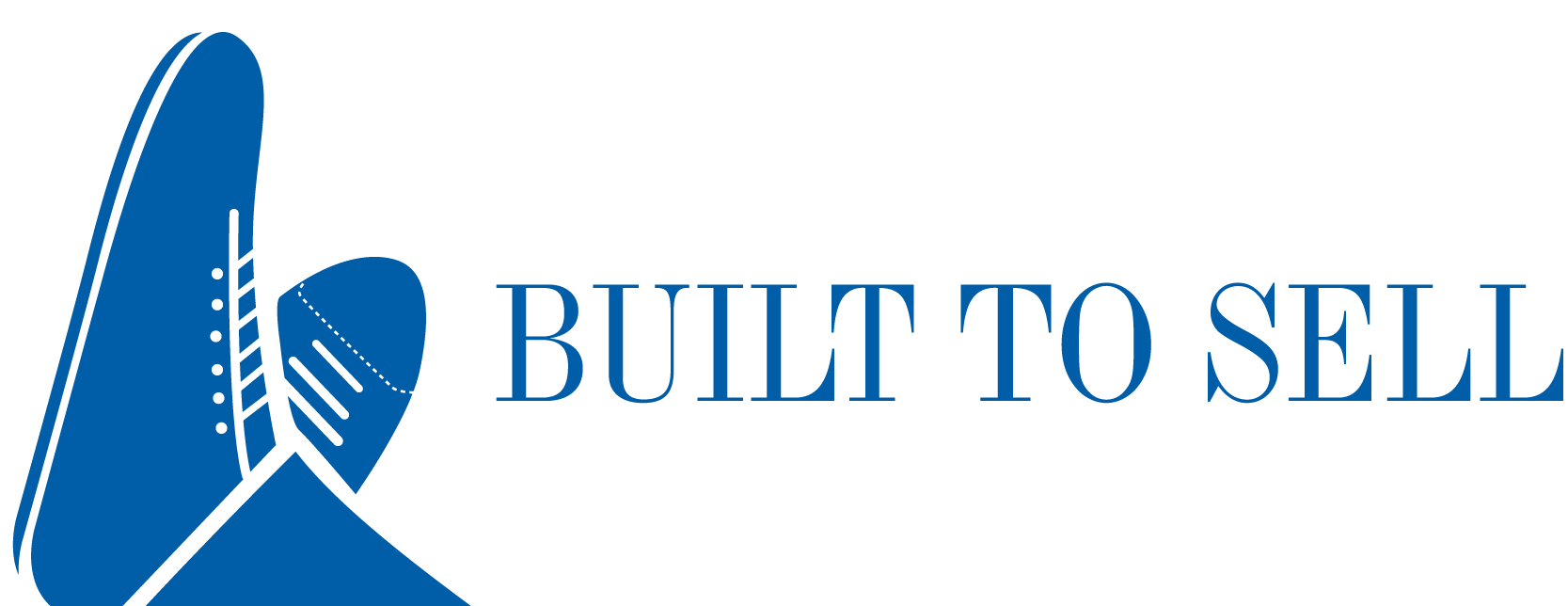About this episode
In 2015, Lorenzo de Plano co-founded Solace Technologies, one of the first vape manufacturers in the United States. The goal of the business was to create a discreet vape pen that customers could use as an alternative to smoking cigarettes.
The business boomed to revenue of more than one million dollars a month, but a looming threat had de Plano eyeing an exit. So, when a $15 million offer came in, he bit. In this episode, you’ll learn how to:
- Bootstrap to a seven-figure business without raising outside capital.
- Evaluate a fair buy-out price for your partner.
- Identify the raw material for a recurring revenue stream inside your business.
- Innovate in a new and volatile marketplace.
- Increase revenue during the due-diligence process.
- Emotionally cope with getting re-traded.
Check out our article on How Acquirers Evaluate Your Business Like An NFL Scout Picks Players.
Show Notes & Links
Article Written About The Sale
Definitions
Re-Trading: Re-trading is the practice of renegotiating the deal price of a company after the initial price and terms have been agreed to. This occurs when the buyer performs due diligence during negotiations and potential risks are uncovered during the process.
Due-Diligence: Due diligence is an investigation, audit, or review performed to confirm facts or details of a matter under consideration. In the financial world, due diligence requires an examination of financial records before entering into a proposed transaction with another party.
Source: https://bit.ly/3yYDfo5

About Our Guest
Lorenzo de Plano
Lorenzo de Plano is the Co-Founder of Solace Technologies, which was sold to Turning Point Brands in 2021. Lorenzo now works as a VP at Turning Point Brands (NYSE: TPB) and oversees product development, product launches along with the marketing and promotional campaigns that support strategic product introductions for the broader organization. Before joining the company, Lorenzo started and worked for several different startups at the intersection of technology, CPG products, and consumer advertising.


